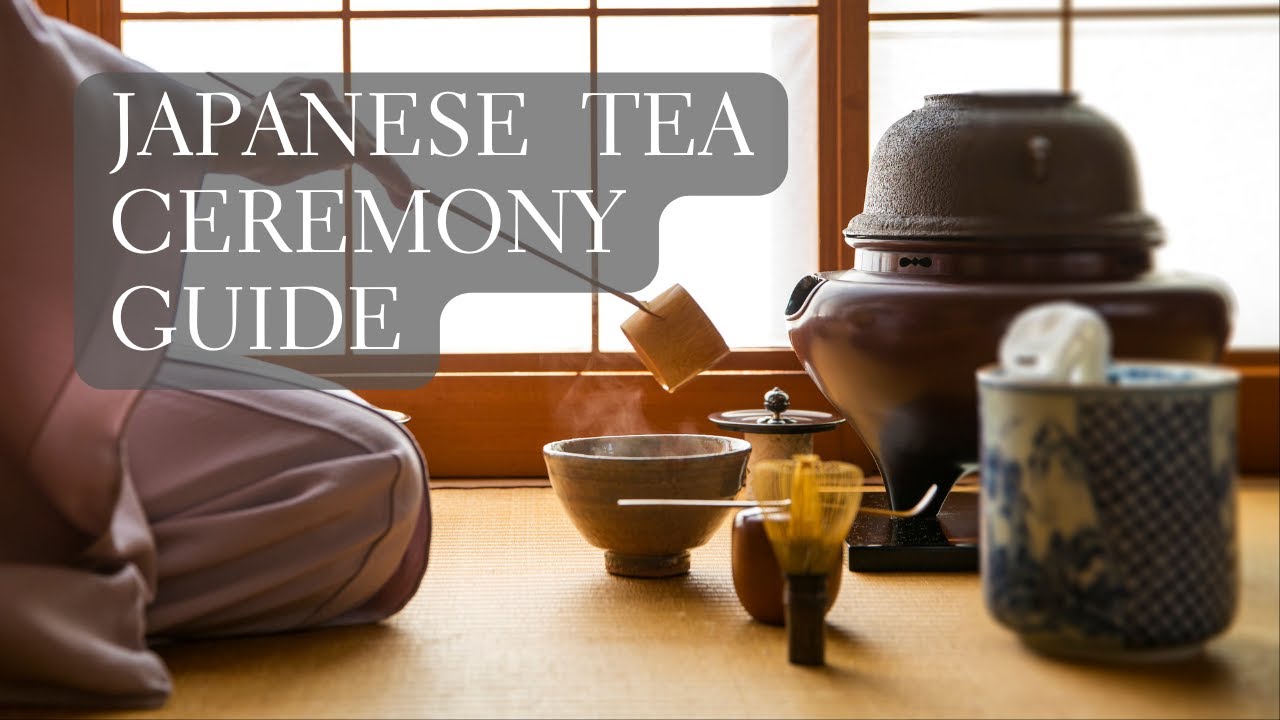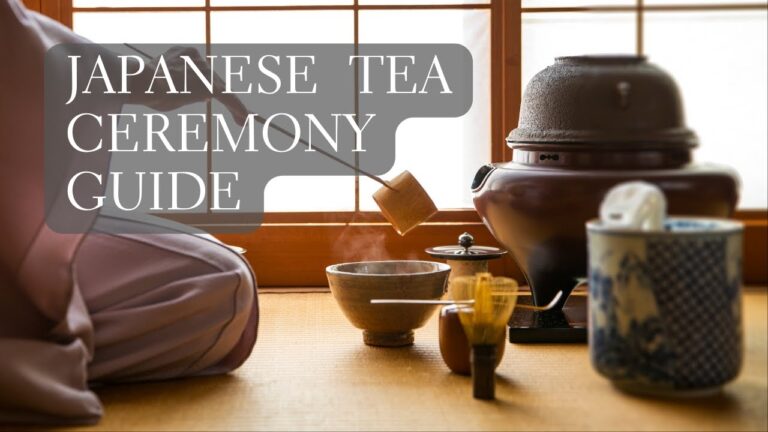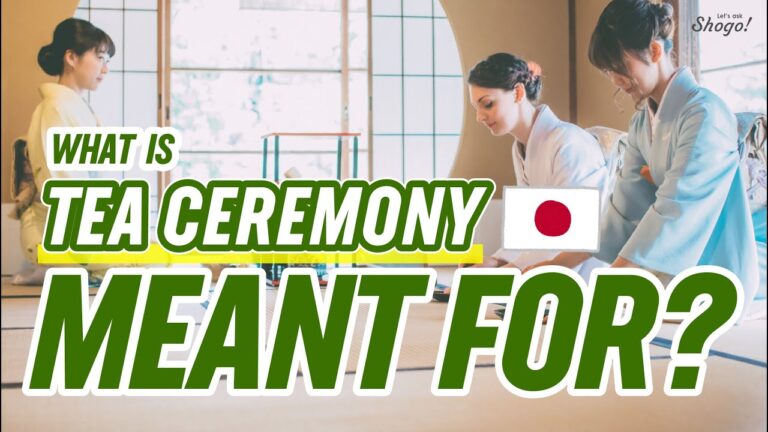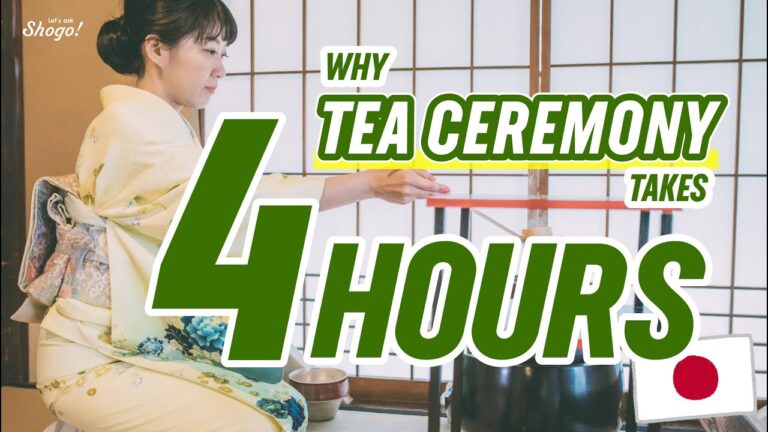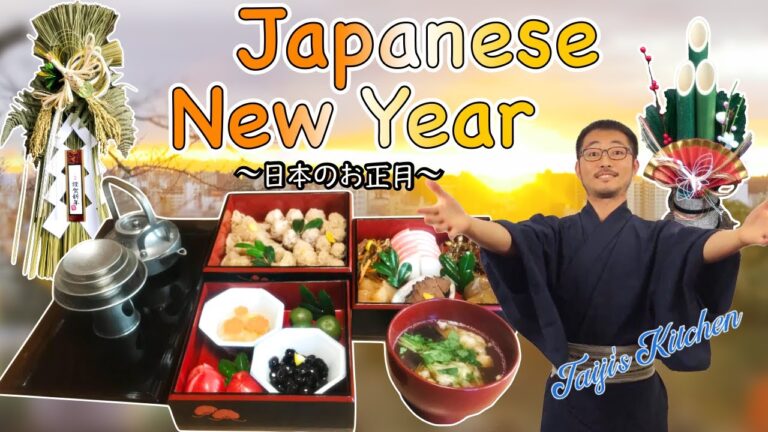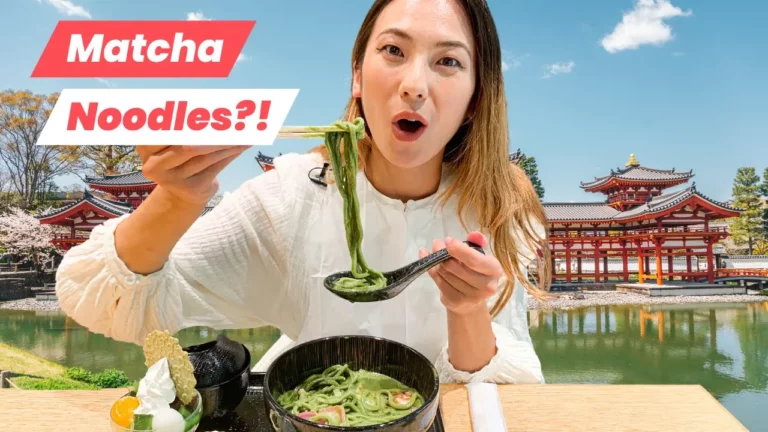The Japanese tea ceremony, known for its intricate steps and cultural significance, offers a unique insight into Japanese traditions. Rooted in promoting harmony, respect, purity, and tranquility, the ceremony goes beyond a simple beverage preparation process. The minimalist aesthetics of the tea room, with sparse decorations and essential utensils, set the stage for a ritual that symbolizes much more than tea.
The core of the Japanese tea ceremony lies in its simplicity and adherence to the four principles of harmony, respect, purity, and tranquility. These principles guide every aspect of the ceremony, from the initial bowing to the meticulous preparation of matcha tea. The meticulous selection and use of nine main tea utensils, each with its own significance, showcase the attention to detail that defines the ceremony.
As the master meticulously cleans and prepares the utensils, guests witness a dance of tradition and reverence. The preparation of matcha tea itself becomes a symbolic act, culminating in a moment of shared experience between host and guest. The ritualistic gestures, from whisking the tea to savoring Japanese sweets like wagashi, create a unique atmosphere of connection and mindfulness.
For those eager to experience a taste of the Japanese tea ceremony at home, acquiring essential utensils like the matcha whisk, matcha bowl, and matcha spoon can replicate the traditional process. Embracing these tools and techniques not only allows for a deeper appreciation of matcha tea but also a chance to embody the principles of harmony, respect, purity, and tranquility in everyday rituals.
In essence, the Japanese tea ceremony transcends mere tea preparation; it is a cultural experience that encapsulates centuries of tradition, symbolism, and values. Embracing its essence offers a glimpse into the profound beauty of Japanese culture and the art of mindful living. So, immerse yourself in the world of matcha tea, and savor not just the flavor but the rich tapestry of tradition it embodies.
